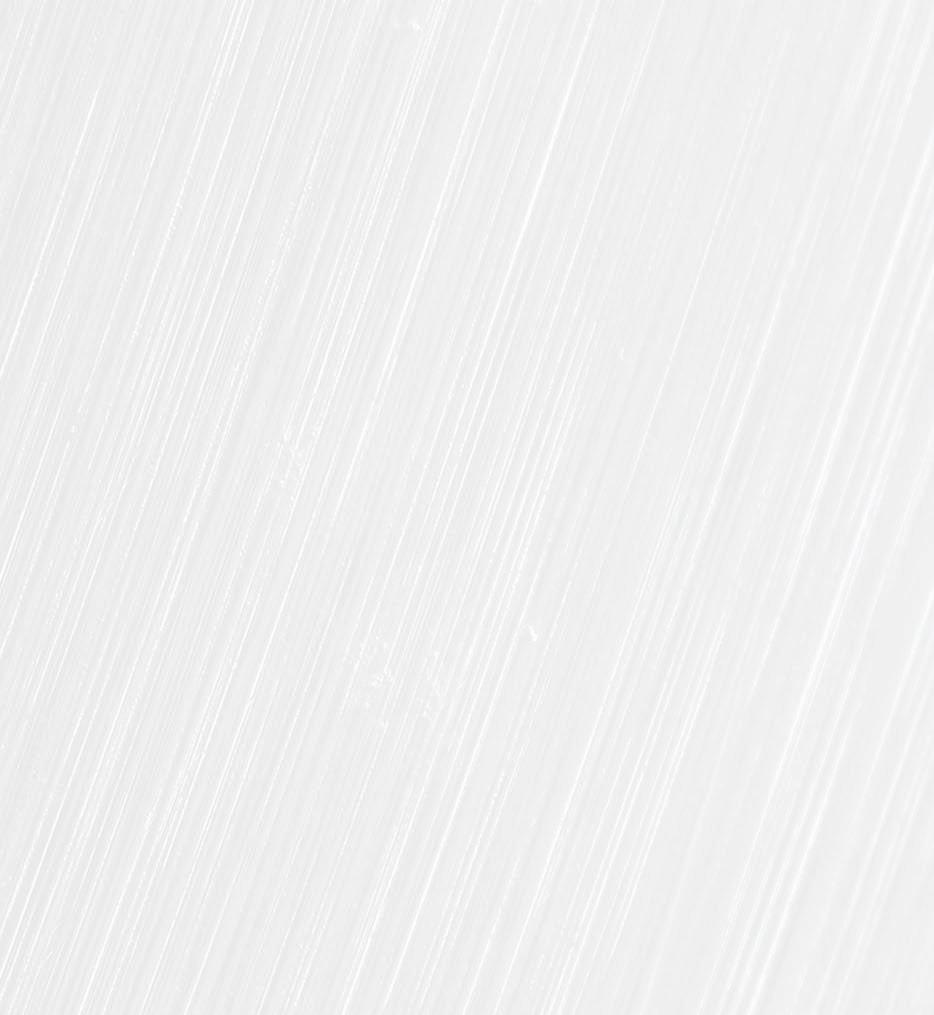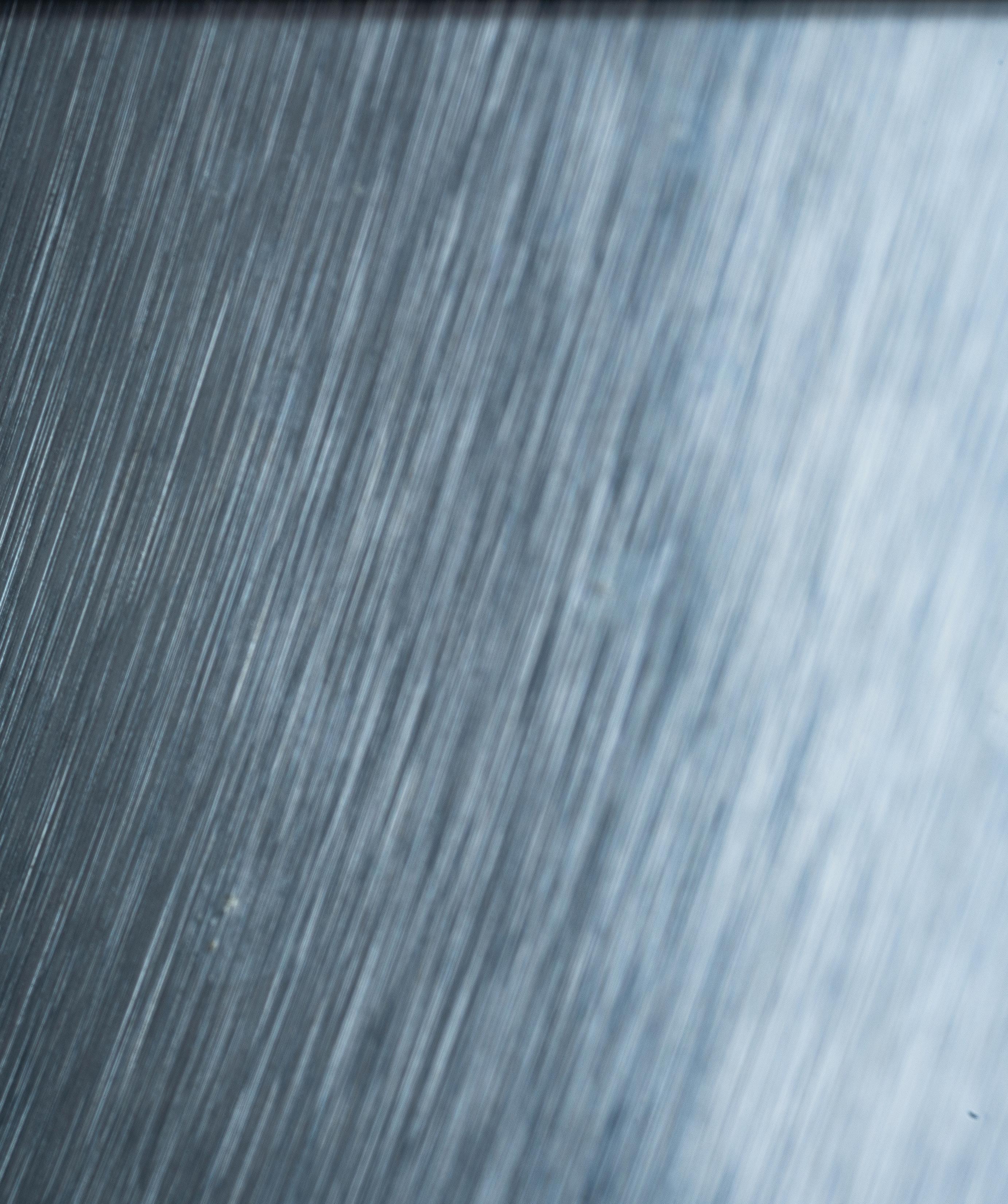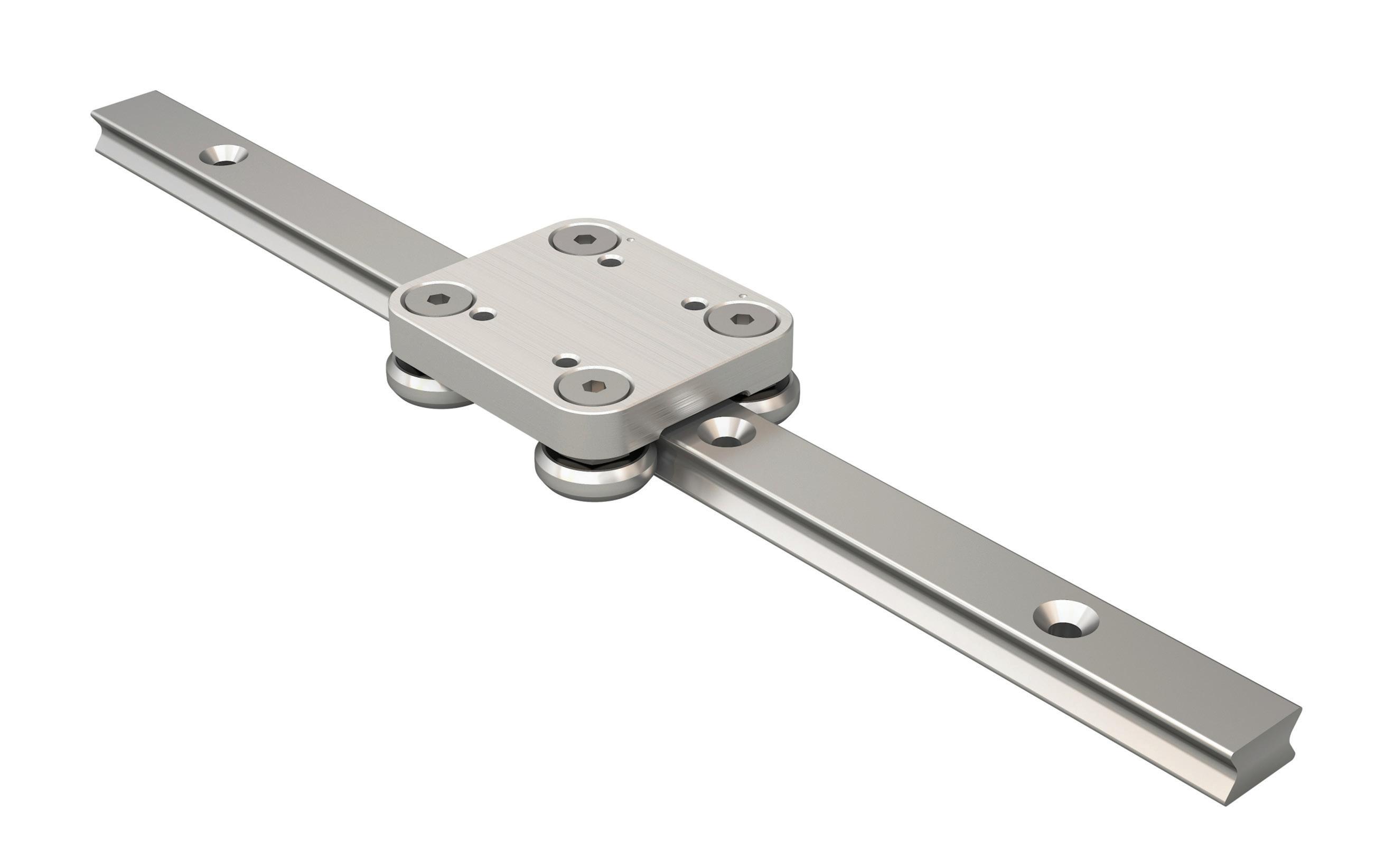
4 minute read
and friction
Miles Budimir • Senior Editor
All bearings essentially have the same purpose; to enable parts to move smoothly and with as little friction as possible. One basic way to distinguish di erent types of bearings is whether they are involved in rotary or linear motion.
Linear bearings are used in linear motion applications. Linear bearings include mechanical components that allow relative motion between two surfaces — with one surface supporting the other and minimum friction between the two. There are two basic types of linear bearing; one that uses sliding motion (plain bearings) and one that relies on rolling elements.

Regardless of the linear bearing type, there are some common considerations when it comes to design factors involving friction. Here’s a look at some of the most important considerations.
Tribology basics
The formal study of friction is called tribology and involves the study and application of the principles of friction, lubrication, and wear between two surfaces in relative motion. In linear bearing systems, those two surfaces are the bearing element and the guide raceway.

The term “wear” generally refers to deterioration, but when discussing tribology principles in relation to bearings, it refers to material loss on the bearing surfaces. Wear is an inevitable outcome of use, caused by the load, speed, and other operating conditions that the bearing experiences. The life of a linear bearing — whether recirculating or plain type — is determined by the amount of wear on the bearing surfaces.




The primary cause of wear in bearing applications is friction. Although bearings are designed and manufactured to have extremely smooth surfaces, no matter how well the surfaces are finished and polished, they will inevitably have microstructures (also referred to as asperities), or “rough” spots, where the material dips and protrudes.
As two bearing surfaces — a raceway and a ball, for example — move past each other, the peaks on each surface collide. This not only creates friction as the surfaces interfere, but the peaks can also break and release as particulates that abrade the bearing surfaces through friction, causing premature fatigue failure.
By separating the bearing raceway from the rolling or sliding element (ball, roller, or plain bearing surface), lubrication reduces friction between the surfaces, which reduces wear and lowers the amount of heat generated. Lubrication also inhibits corrosion of the bearing surfaces and protects them against contamination.
Lubrication options for linear bearings

Bearings are typically lubricated with either oil or grease. Grease adheres to surfaces better and lasts longer than oil, making grease the more common choice for rolling element bearings, such as recirculating ball and roller bearings. And because of speed’s influence on the development of the lubricating film, low-speed applications typically require grease since it provides better protection under the conditions of boundary lubrication and mixed lubrication, which are prevalent at low speeds.
Oil, on the other hand, dissipates heat better than grease, making it better for


The high-speed applications where heat generation is especially problematic. Oil can also be circulated through an external lubrication system that cools the oil and filters out any debris. It also flows more readily, making it better at lubricating complex structures and surfaces. But because of its low viscosity, it may not be a suitable choice for vertical surfaces, due to its tendency to pool at the lowest available space. An oil mist can address this problem but adds cost and complexity to the bearing system. Plain bearings are often made from, or impregnated with, self-lubricating materials, such as PTFE (Teflon), Delrin, or nylon. But the release of lubrication from these materials isn’t consistent. And the sliding contact between plain bearing surfaces produces significant friction and heat. So while it’s possible for some plain bearings to be operated without lubrication, the use of external lubrication can be beneficial, even for bearings that use self-lubricating materials — especially when the application involves high loads or high speeds.
Note that proper lubrication requires not only using the right type of lubrication for the bearing and its operating conditions, but also using the right amount of lubrication. Too much lubricant can actually increase friction and heat in the bearing and tends to trap particulates that can damage the bearing surfaces.
Other options for linear bearings include bushing bearings, such as these polymer bushings from Thomson Industries, Inc. They are a reliable solution for machines where moment load is non-critical or contamination and temperature are concerns.


Surface roughness, texture, and finish
One of the key factors to consider when selecting shafts for linear bearings, and an important one in terms of friction, is surface roughness, which describes the microscopic asperities, or peaks, and valleys present on a material’s surface. The ASME B46.1-2019 standard, Surface Texture (Roughness, Waviness, and Lay) defines surface roughness as, “the finer spaced irregularities of the surface texture,” and states that these irregularities often result from, “the inherent action of the production process or material condition.” In other words, the combination of the material’s properties — such as particle size and distribution of elements in metal alloys — and the machining process determine the surface roughness of a part.
Surface roughness is most commonly expressed as an average value, denoted as Ra. The Ra value is the arithmetic average of the absolute deviations of the profile from the mean line, recorded over an evaluation length. Another specification, useful for determining how much material should be removed during machining or finishing, is Rz, which gives the average distance between the five highest and five lowest points along the evaluation length.
Three terms — surface roughness, surface finish, and surface texture — are often used interchangeably, but they actually refer to different quantities or characteristics. Surface roughness, as explained here, is a quantitative measure of surface asperities.
Surface texture is defined by the ASME B46.1-2019 standard as being made up of three parameters: lay, waviness, and roughness, of which waviness and roughness are quantifiable values.


Lastly, surface finish is a qualitative classification which, technically, applies to stainless steel materials. Guidelines for describing surface finishes are given in the ASME SA-480/SA-480M document, Specification for General Requirements for Flat-Rolled Stainless and Heat-Resisting Steel Plate, Sheet, and Strip.
Surface roughness is important for linear guides, ball screws, and lead screws for several reasons, but
That was “Simply easy!”
This engineer just set up several ultrasonic sensors for a new machine line. Despite the varying ranges he had to set, he used a single software application. He set the distances. He adjusted gain. He filtered out anomalies. And those settings will remain for future replacement sensors.










